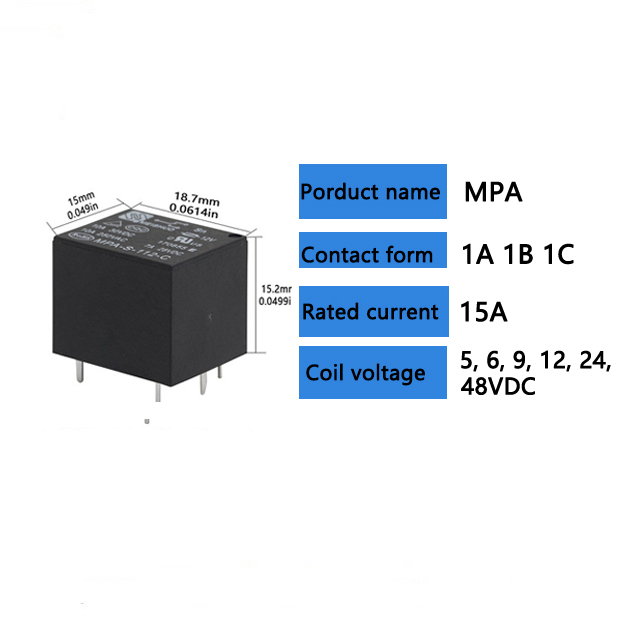Relay selection has become an integral technology in the design and optimization of modern communication systems. As wireless networks evolve, particularly with the advent of 5G and IoT, the need for efficient data transmission and extended coverage has never been greater. Relay selection, a technique that involves choosing the most suitable relay nodes for data transmission, plays a pivotal role in improving network performance, enhancing signal strength, and reducing latency in scenarios where direct communication between the source and destination is not optimal.

What is Relay Selection? In wireless communication systems, relay selection refers to the process of selecting intermediate relay nodes that assist in forwarding data from the source to the destination, especially in situations where the source and destination cannot directly communicate effectively due to distance or environmental factors. These relay nodes help in overcoming signal degradation caused by distance, obstacles, and interference, thereby improving coverage and throughput. Relay selection can be used in various network setups, including cellular systems, Wi-Fi networks, and IoT applications. By strategically choosing the right relay node, these networks can extend their coverage, improve reliability, and increase overall system efficiency.